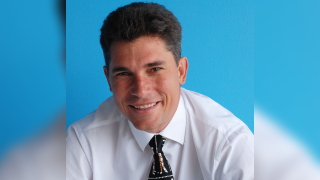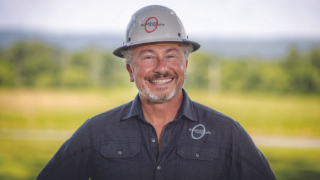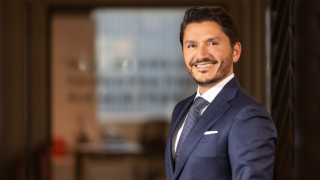The Alliance’s president Martha Suárez tells Melanie Mingas about its work and why Brazil has already made inroads
Whether it is a leadership course or a self-help book, there is no shortage of advice on how to change one’s mindset. Unfortunately, such literature rarely includes a chapter on how to change the mindset of telecoms regulators, particularly their views on radio spectrum. But that is not stopping Martha Suárez, president of the Dynamic Spectrum Alliance (DSA), from taking on the task anyway.
The first months of 2022 saw the UK government’s Digital Access Programme join forces with the DSA and bring its spectrum expertise to digital inclusion initiatives in Brazil, Indonesia, Kenya, South Africa and Nigeria.
The UK’s DAP dates back to 2018 and its purpose is to drive regulatory reform to promote digital inclusion in partner countries.
“The DAP has selected five countries that can implement new technologies and are in the process of digital transformation, but still need digital inclusion,” Suárez explains.
The idea is that the project will develop local capacity by enabling a “pivotal change” in the spectrum management conversation or, to put it another way, by encouraging a “new spectrum mindset”.
“Spectrum is a limited resource. We only have a number of frequencies we can use. But we think it doesn’t have to be a scarce resource,” says Suárez. “What we are proposing at DSA is using new technologies and new tools that enable a more efficient use of the spectrum. So in the same frequency band you can keep those that are using the band, like satellite or fixed service, but in addition you can have new applications.”
“It’s about a more efficient use of the spectrum and it takes innovation in new technologies – that’s the new mindset,” she adds.
The plan Suárez outlines turns the current system on its head. Some regulators have already started to take steps that align with this new mindset, for example by allowing unlicensed access to the 6GHz band. There’s one camp that says such moves mean less spectrum is available for 5G. But another camp highlights that more will be available for Wifi and other technologies, without the financial burden of an auction.
Whichever side you are on, it has already happened in Saudi Arabia, the US and other countries, including Brazil. At the time, DSA said the decision by Brazilian regulator Anatel would unlock US$163.5 billion for the domestic economy, positioning Brazil as a hub for the development of new tech and use cases, including such things as Wifi 7 and NR-U technologies.
“It’s a great market and they have a very active regulator,” Suárez says of Brazil. “They are addressing the challenges of digital inclusion and broadband access, but they have a very neutral approach. They are considering different technologies.”
For example, satellite plays a prominent role because of Brazil’s geography and the mobile industry is far more diverse, too, Suárez says, as evidenced at the recent 5G spectrum auction.
This saw traditional MNOs bid alongside an alliance of wireless ISPs that also received the right to use spectrum.
“What they are doing, and I think it is great, is taking advantage of the technologies and combining them so they create a vibrant ecosystem with different sectors investing,” Suárez says.
Taking Brazil’s lead, DSA’s work with DAP will see a push for regulators in the other four target countries to increase the availability of spectrum for Wifi.
“We made a study across the four countries to assess the economic impact of unlicensed access the 6GHz band through Wifi, so we can show there is an economic benefit even if there is no auction of the spectrum,” Suárez explains.
Beyond Brazil
This work is not DSA’s alone. The project is intended to create an opportunity for cooperation between different public and private stakeholders to build capacity with regulators and spectrum authorities, explore innovative technologies for large-scale affordable connectivity and share best practices.
But connecting the unconnected is not just about the connectivity. Suárez says skills and training are also vital, as is the economic case for deploying solutions in remote regions. Addressing these factors requires a different approach
“That is the reality,” says Suárez, “What we are trying to do from the spectrum perspective is to get flexible spectrum frameworks that consider new technologies and also affordable technologies for those that are unconnected or underserved.”
That flexibility includes the promotion of regional licences, with the conditions required to make it easier to deploy outside of major metros.
On the impact of this for carriers? “Carriers could provide urban access, they could then still have they own networks, and that way we will increase broadband access,” Suárez says.









